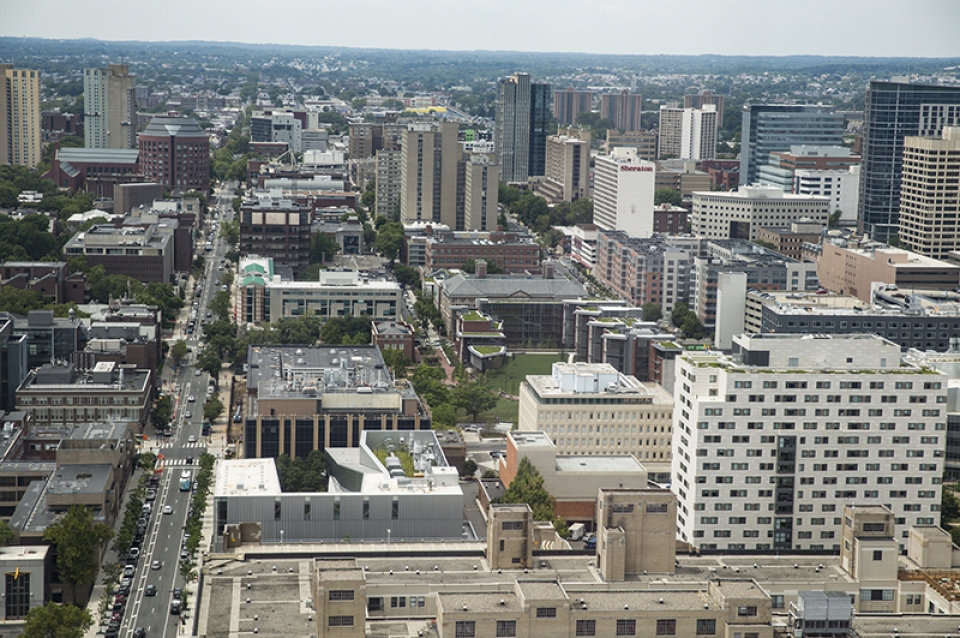September 29, 2016
Stuart Weitzman School of Design
102 Meyerson Hall
210 South 34th Street
Philadelphia, PA 19104
Get the latest Weitzman news in your Inbox
Media Contact
Michael Grant
mrgrant@design.upenn.edu
215.898.2539
On September 27, Crossways Professor and City and Regional Planning Department Chair John Landis testified before the Senate Majority Policy Committee (Senator David Argall, Chair) of the Pennsylvania Legislature on the effects of demographic trends on Pennsylvania’s five largest cities: Philadelphia, Pittsburgh, Allentown, Erie, and Reading.
In each city, Landis looked at nine sets of recent demographic and economic changes: (i) the aging of the population; (ii) the shift toward less-traditional household types such as single-person households; (iii) the growing numbers of Asian, Asian-American, and multi-racial residents; (iv) the changing balance between recent immigrants and native-born residents; (v) growth in the Hispanic population; (vi) rising educational attainment; (vii) increases in poverty; (viii) declining homeownership rates; and, (ix) rapidly rising housing costs and housing cost burdens.
Looking to the future, Landis contends that each of the five cities is facing a somewhat different set of demographic, economic, and social challenges.
Philadelphia’s challenge will be to extend its recent population growth and rising economic prosperity from Center City outward to its northern and western neighborhoods without triggering a backlash against perceived gentrification.
Meanwhile, Pittsburgh’s mostly white and African-American population continues to age, challenging the city to do a better job attracting younger and more diverse residents.
Allentown needs to figure how to capitalize on recent spillover population growth from the New York City region to promote increased homeownership and improved resident services. Facing continuing population and job losses, Erie’s challenge is to build on its historic buildings and neighborhoods to attract new residents and local entrepreneurs.
Reading, according to Landis, has the biggest challenge of all: its population is growing, but its new residents have fewer job skills and are less well-educated than past residents. “This requires a strategy that emphasizes expanded educational opportunities as well as economic and physical regeneration,” says Landis.
Landis notes that urban revitalization, like demographic change, takes time, “It took Philadelphia about 15 years from when the seeds of its renewal were planted in the early 1990s to become the resurgent city it is today. Pittsburgh, likewise, took 15 years to convert its industrial economy to a more modern technology-based economy.”
Pittsburgh is worth noting for another reason, Landis concludes, “It is really the only U.S. city in which the quality of life for its residents has gotten noticeably better even as it has declined in size, and Pittsburgh’s institutional and political leadership deserves enormous credit for making that happen.”


 Expand Image
Expand Image



